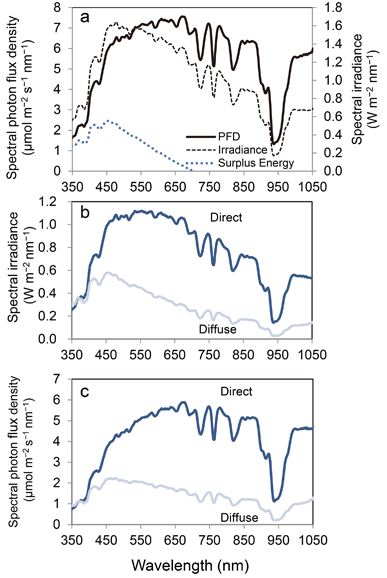First off this is a wonderful thread.
For me I feel connected to the "Craft Grower" aspect.
That is where my grow-pride is.
I have a light footprint of four HPS and four COB LEDS with gullwing in the big room.
I have a compact florescent light rack I built that still delivers but it is true I am using the MarsHydro SP3000s in two tents now to facilitate some breeding. They seem to be okay with seedlings leaning in towards center growing at the edges of that LED.
After not being able to grow because of climate change for some years it's all about recreating what I knew and loved.
In the craft sense I like the radiant energy from HPS and sure that can be considered wasted energy use in a watts per gram paradigm but in my belief system it's a little Sunshine to a plant.
Besides I will be piping clean fresh heated air through the hoods into my living space as well come next winter's medical grow afte the proper build out. Waste not want not they say.
It's a enclosed front porch with enclosed grow room and what folks call a lung room where a Co2 burner lives.
The proper build out will happen this summer so if I can answer any questions later on I would be glad to share. We all learn from each other.
So again, in a craft sense radiant energy is part of the environs for my craft grow. A little artificial sunlight.
Remember these are living things. Charles Darwin wrote a wonderful treatise named
The ‘root-brain’ hypothesis of Charles and Francis Darwin. We may focus on what Cannabis can do for us but we should also equally invest in what we can do for Cannabis in my opinion.
That is why "My Medical Strain" (MMS for a lack of naming imagination) F2 seed grow 2021-2022 was grown under HPS + LED in Organic Living soil.
LED should continue to evolve and for many it's good enough as it is today.
Again wonderful thread.
Friendly_Grower





